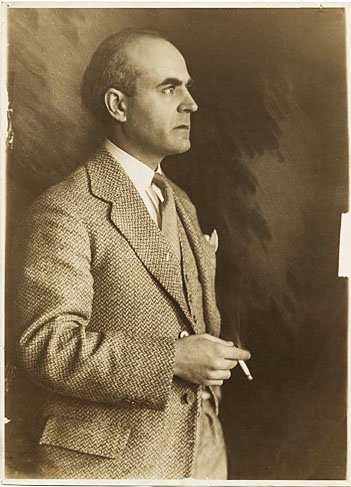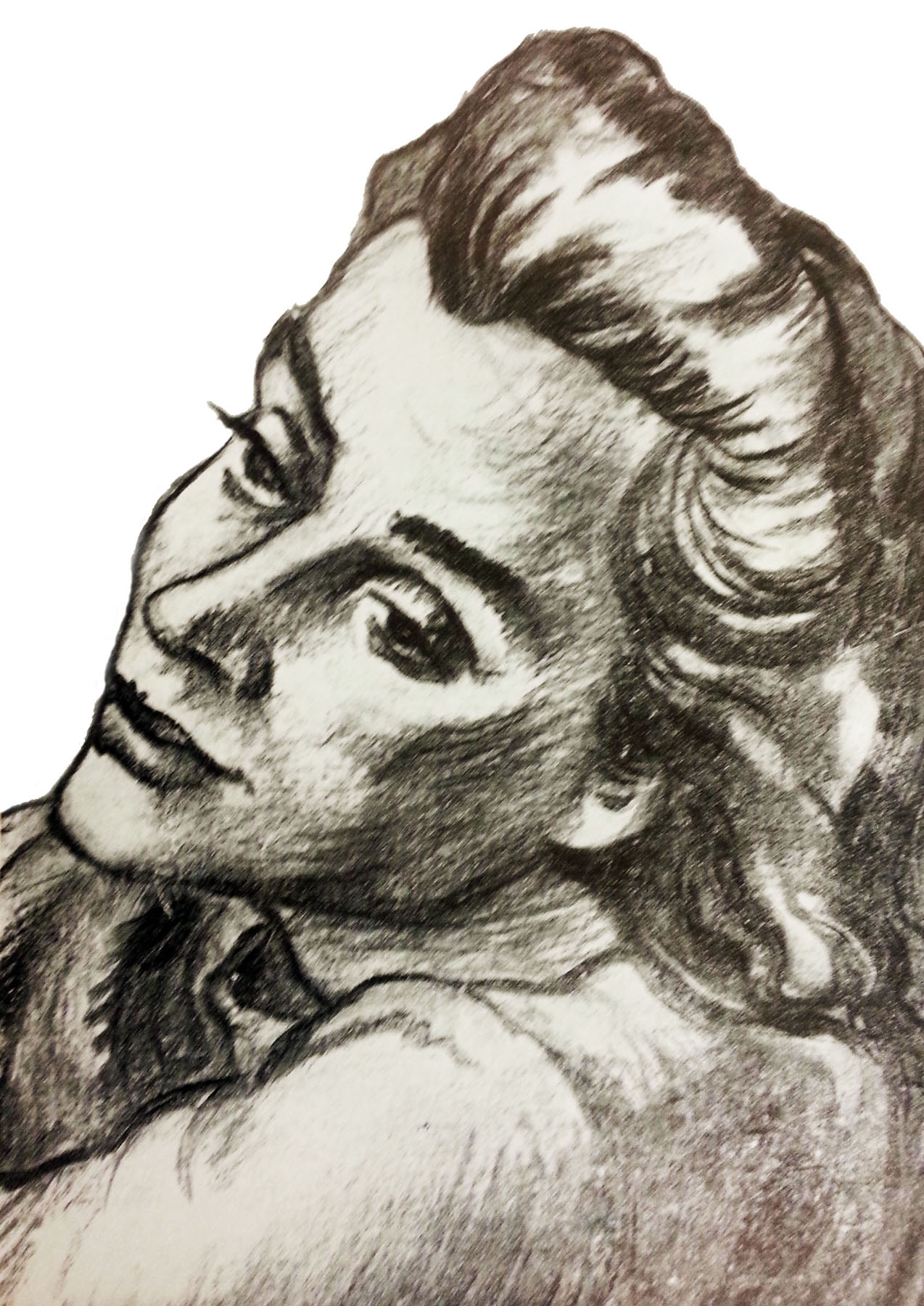Peppino Mangravite
This web site is devoted to the Italian born American artists Peppino Mangravite. As a young boy in Italy he learned from local painters and by the 1930s Mangravite was one of the great American painters. 1 His work was included in the collections of major American museums; he participated in large-scale art exhibits, had an art dealer in New York, received a series of teaching posts at colleges across the country and in 1925 his home was the topic of a Washington Post article. 2 Today information on his life and work is scattered across archival collections, many of his paintings still owned by museum has been placed in store rooms. This web site is the start of a reevaluation of the artists, a man which many artists credit their artistic education.
"Smack in the middle of this [American art in the 1930s] world, and very much a part of it, was a 42-year old American painter of Italian descent with the rather exotic name of Peppino Mangravite. That name in 1938 was nationally recognized as belonging to one of America's more successful painters and teachers." 3
The exhibit guide continues to talk about his accomplishments and acknowledge that he had not "exactly a household name" but that in the American art community he did have a predominant role. The dismissal of his work from the gallery walls some have said is not surprising, yet whether his style is ones personal taste or not he does hold a place in the history of American art. There is an idea presented by man American art scholars that American art ended in 1945 and in the post-war world the work produced in the 1930s and 40s was pushed into the storage rooms to clear the way for the new universal art.
Mangravite and the American Dream
In an interview in 1934 Mangravite stated that his families move to the United States when he was 16 was grounded in the American Dream on all levels not just the search for economic prosperity. 4 For him the America Dream was about hard work leading to success and recognition, it was working together as a community to improve the lives of others and it was family. This dream however was struggling in the 1930s, Americans were struggling through what would become known as The Great Depression and national unemployment was at leaves no one had ever imagined was possible. There was a constant fear communists and after “the war to end all wars” in Europe signs were mounting that another war was ahead. People were losing faith in the American Dream. For Mangravite, a boy who had gone from being an Italian immigrant to successful American artist, the American Dream was still alive and he used his mural commissions as a way to help rebuild the optimistic, entrepreneurial, can-do spirit of the American Dream in the American people.
Footnotes
“Fame and Fortune in the Art World,” American Artist 51, no. 536 (March 1987): 46.↑
“Article 3 -- No Title,” The Washington Post (1923-1954) (Washington, D.C., United States, December 27, 1925), sec. AMUSEMENTS FEATURES.↑
-
Excerpt from the exhibit catalogue written by Theodore F. Wolff, art critic for the Burchfield Center solo exhibition of Peppino Mangravite's work in Buffalo, NY., Peppino Mangravite Papers, 1918-1982 (Archives of American Art, Smithsonian Institution., Accessed September 2012, Reel #5882, Image #178.↑
Helen Appleton Read, “Peppino Mangravite,” Parnassus 6, no. 2 (February 1, 1934): 13.↑


